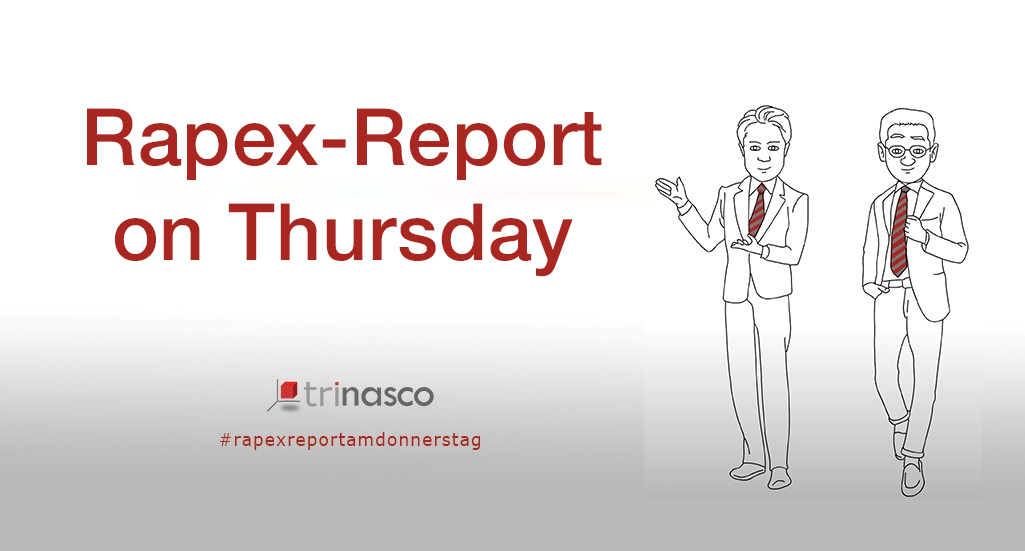
The trend of significantly more reports in the European Union’s Safety Gate continues unabated. In April, 391 dangerous products were added to the Safety Gate. Through this information system, formerly known as the RAPEX system, market surveillance authorities of the member states inform each other about dangerous products. Based on this information, the authorities can take appropriate measures and, if necessary, initiate additional inspections or investigations.
In April, the largest share was again accounted for by cosmetics at 40.7%, followed by toys (15.9%), clothing, textiles, fashion items, and baby products (11.5%), chemical products (10%), and motor vehicles (9.2%). The share of electrical appliances and accessories (including communication and multimedia devices, lighting, and light chains) was only 7.9% in May.
Compared to previous months, the proportion of products from China at 29.2% was significantly lower. In May, Italy was the second largest country of origin, accounting for 68.6% of the disputed cosmetics. The high percentage of disputed cosmetics, predominantly purchased in physical stores, also led to a decrease in the proportion of products sold online to 16.1% in May. A total of 24.6% of all disputed products need to be recalled.
Italian authorities have once again focused on cosmetics, with nearly one-third of all reports originating from Italy, followed by the Czech Republic with over 15% of all reports.
Products that do not comply with EU regulations can have catastrophic consequences for businesses. In addition to the obvious financial burdens, manufacturers, importers, or trading companies face potential irreversible damage to their reputation. According to a study by the Alliance, recalls of electrical goods or toys can incur costs ranging from €650,000 to €1,000,000. Import bans can lead to costs of €50,000 to €100,000 even for medium-sized shipments, in addition to penalties imposed by customers and the significant loss of corporate image.
By implementing effective compliance strategies, companies can significantly reduce the likelihood of product or labelling errors and identify potential risks at an early stage. Random testing ensures that products are regularly checked for compliance with standards, while reliable documentation enables proof of compliance and ensures a quick and efficient response in the event of recalls or investigations.
We therefore strongly recommend that our customers proactively invest in their compliance strategies. This is the only way they can protect themselves from the devastating consequences that non-compliant products can have.
While only around 50 cosmetics were banned from sale by the market surveillance authorities last month, the number of reports tripled to 159 in May. 94.3% of the offending products (150 in total) contained the product 2-(4-tert-butylbenzyl) propionaldehyde (BMHCA), which is banned in cosmetic products, according to the respective ingredient lists. BMHCA can damage the reproductive system, harm the health of the unborn child and sensitise the skin.
As in previous months, the Italian market surveillance authorities led the way in the investigations, followed by the Czech Republic. More than 40% of the cosmetics analysed came from Italy, with a further 40% coming from Germany, Spain and France.
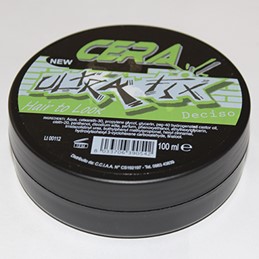
Fig. 1: Hair gel with BMHCA
Source: European Commission, https://ec.europa.eu/safety-gate-alerts/screen/webReport/alertDetail/10012117?lang=de, date: 4 June 2024, language: German
In May, the Czech market surveillance authorities in particular tested various chemical products and issued sales bans and product recalls. The 39 products in question included disposable electronic cigarettes and their liquids, torch oil, adhesives, paints, cleaners and numerous pesticides.
16 electronic disposable cigarettes, mainly from China and the Czech Republic, were categorised as dangerous by the German and Czech market surveillance authorities. Many of the products had excessive volumes of nicotine-containing liquid (refill volume: 20 ml). This could lead to accidental consumption of a high dose of nicotine.
Nicotine is acutely toxic and can jeopardise the safety of the user, especially if the product comes into contact with the skin or is ingested. The products in question violate the requirements of the Tobacco Products Directive and must be withdrawn from the market.
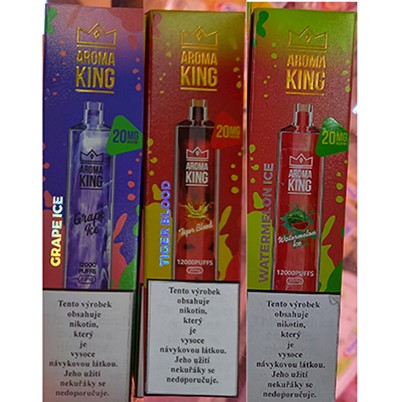
Fig. 2: Disposable electronic cigarette with excessive nicotine content
Source: European Commission, https://ec.europa.eu/safety-gate-alerts/screen/webReport/alertDetail/10013170, date: 3 June 2024, language: German
The market surveillance authorities in Lithuania discovered excessive concentrations of toluene in two different adhesives (measured values: 0.98% and 0.23% by weight). Toluene is neurotoxic if it is inhaled or comes into contact with the skin and can also affect the unborn child.
Both products did not comply with the REACH regulation and must be withdrawn from the market
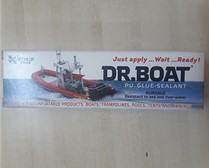
Fig. 3: Hazardous adhesive sealant for the repair of inflatable boats, trampoline pools, tents and awnings
Source: European Commission, https://ec.europa.eu/safety-gate-alerts/screen/webReport/alertDetail/10013197, Date: 3 June 2024, Language: German
No fewer than 11 different pesticides were banned from sale by the Czech market supervisory authorities. The pesticides against hedgehogs, foxes, squirrels, weasels, ferrets, martens, moths, ringworms, flies, ants and termites were attractive to children due to the packaging design and could have been mistaken for food by visually impaired people.
However, the product packaging was neither protected with a childproof device nor equipped with a tactile hazard warning. The user therefore lacked the necessary information about the dangers if the product came into contact with the skin or if it was ingested. The products were not in compliance with the Regulation on Classification, Labelling and Packaging of Substances and Mixtures (CLP) and may therefore no longer be sold.
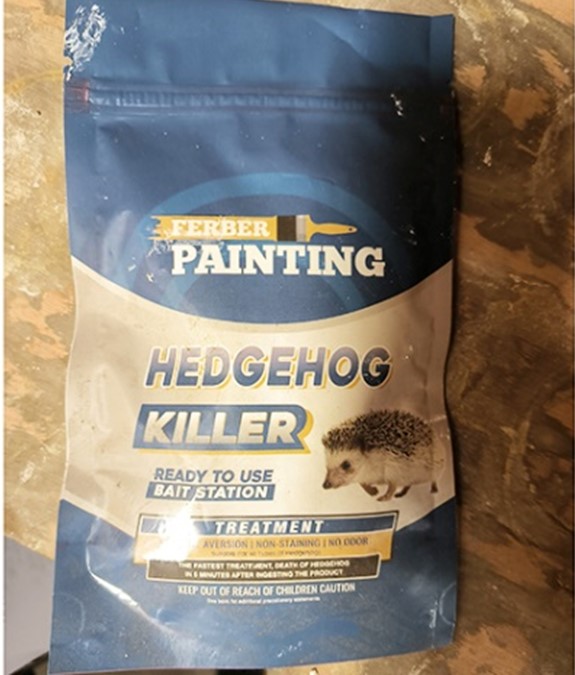
Fig. 4: Pesticides without childproofing and hazard warnings
Source: European Commission, https://ec.europa.eu/safety-gate-alerts/screen/webReport/alertDetail/10013102, date: 3 June 2024, language: German
The Italian market surveillance authorities criticised two tattoo inks. One of them contained an excessive concentration of lead (measured value: 0.00011% by weight). Lead is harmful to human health, accumulates in the body, can cause neurotoxic development and can affect breastfed or unborn children.
The other product had an excessive concentration of copper (measured value: 0.4% by weight). Copper can cause liver and kidney damage and affect fertility. Both products did not comply with the REACH regulation and must be withdrawn from the market.
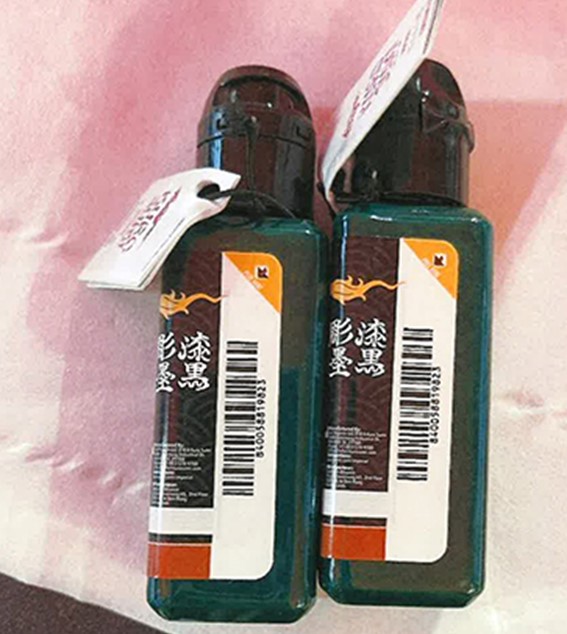
Fig. 5: Tattoo ink with excessive copper concentration
Source: European Commission, https://ec.europa.eu/safety-gate-alerts/screen/webReport/alertDetail/10012097, date: 2 May 2024, language: German
Do you offer similar products with chemical substances?
How sure are you that all the risks of your products are fully considered?
Have you prepared a risk analysis for all your products that you could make available to authorities on request?
Are all your suppliers familiar with the requirements of the REACH or CLP regulations and the relevant harmonised European standards?
Do you have complete technical documentation for all your products, as required by the new Product Safety Regulation?
Do you have meaningful tests and documents from your suppliers regarding the chemical and electrical components of your products?
How well are you prepared for a product recall and do you have a product recall management system in place?
If you see a need for action here, we will be happy to assist you in identifying potential risks and avoiding additional costs due to dangerous products.
We support you in setting up a suitable risk management system and guide you through the conformity assessment process, including the preparation of technical documentation, risk analyses and EU declarations of conformity.
What do we need to do now?
Book our free initial consultation now.
Save €249!!